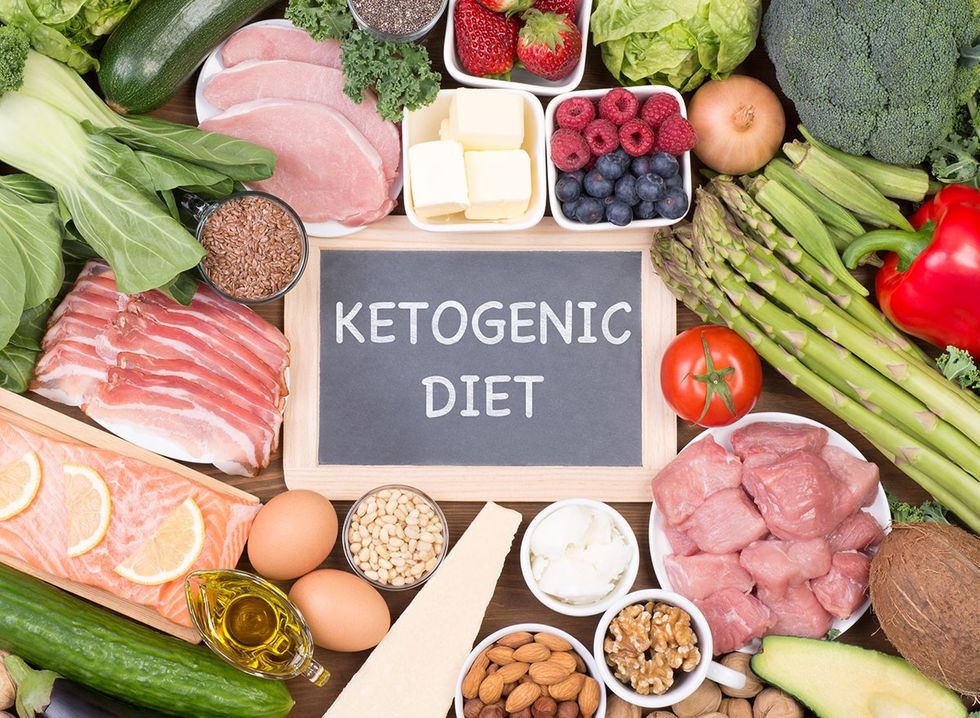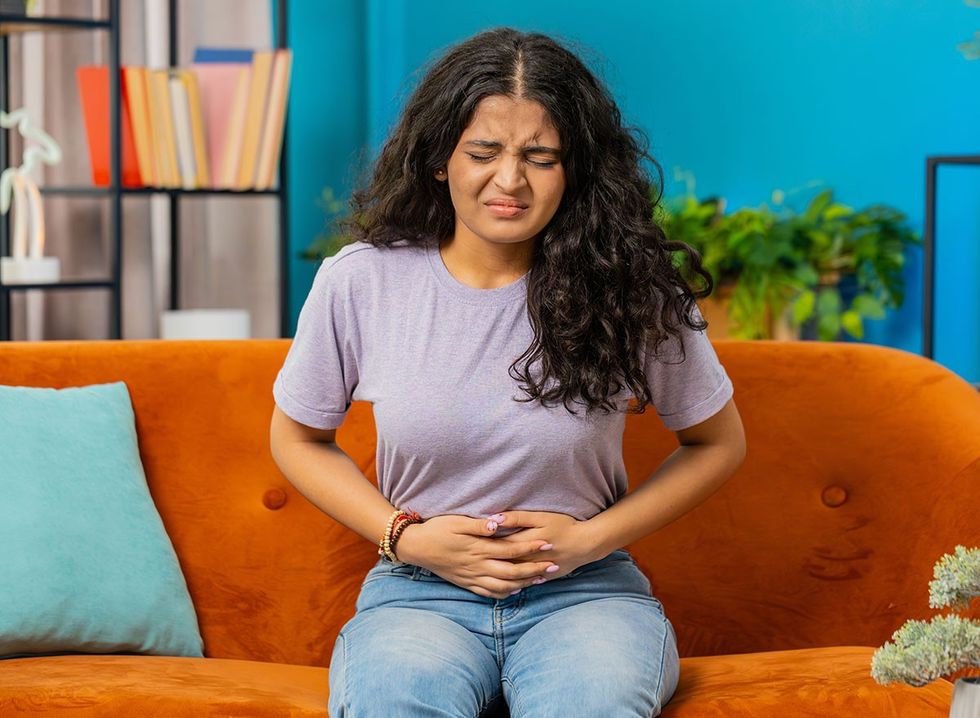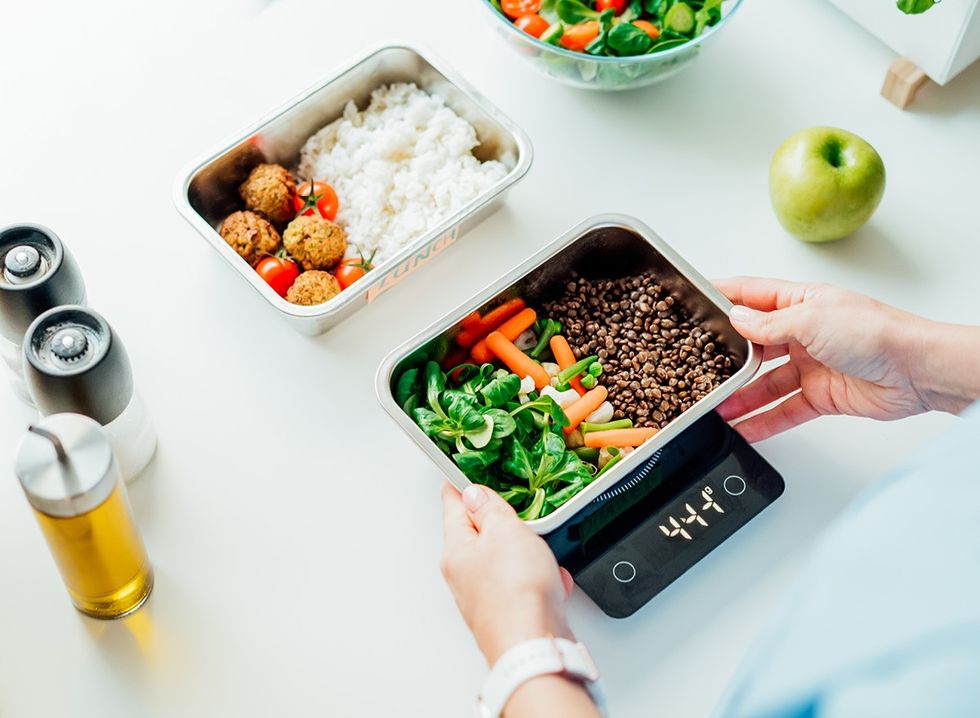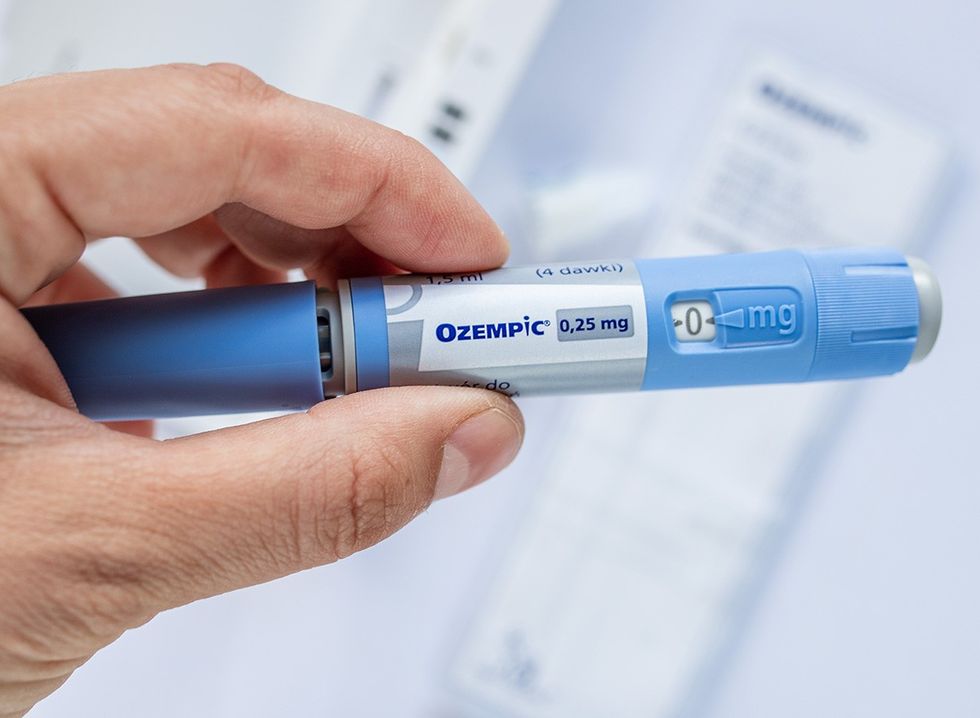If you've achieved your weight goals with Ozempic, you might be wondering what comes next. The journey to maintaining your new weight can seem daunting, especially as you plan to stop the medication. But according to Dr. Eric Berg DC, a renowned expert in healthy ketosis and intermittent fasting, there's a science-backed approach to keeping the weight off.
As the director of Dr. Berg's Nutritionals and author of multiple Amazon bestsellers, Dr. Berg suggests a fundamental principle: "My whole philosophy has always been get healthy, then lose the weight versus lose weight and get healthy." With 13 million YouTube subscribers following his evidence-based strategies, he outlines three crucial methods for maintaining weight loss after GLP-1 medications.
Why Post-Ozempic Strategy Matters
"Ozempic is a GLP-1 agonist that mimics a certain hormone in your small intestine," Dr. Berg explains in his video. It works by increasing insulin to lower blood sugar, signaling fullness to your brain, and slowing down digestion. While these effects make weight loss easier, they can mask underlying challenges that need addressing for long-term success.
RELATED:20 Things You Need to Know About Ozempic and Weight LossThe Hidden Risk Most People Don't Know

Shutterstock
One significant concern Dr. Berg highlights is muscle loss: "A lot of people will end up losing a lot of muscle mass, sometimes up to 50% of their muscle mass while they're also losing body fat." This creates an unfavorable fat-to-muscle ratio that can complicate weight maintenance after stopping the medication.
Method 1 - Strategic Protein Intake
 Shutterstock
Shutterstock"You don't need necessarily protein. You need amino acids," Dr. Berg emphasizes. He recommends focusing on bioavailable protein sources like high-quality red meat, eggs, and fish. The minimum requirement is 0.8-1.5 grams of protein per kilogram of lean body mass, with careful attention to actual protein content versus food weight.
Understanding True Protein Content
 Shutterstock
ShutterstockDr. Berg clarifies a common misconception about protein portions: "You got to realize like half that steak or more is water and other things." For example, one egg provides about seven grams of protein, making it essential to calculate your intake accurately for muscle preservation.
RELATED:20 Possible Ozempic Side EffectsMethod 2 - Strategic Exercise
 Shutterstock
Shutterstock"Exercise is the greatest stimulus of muscle mass," states Dr. Berg. Combined with proper hormone balance, regular physical activity, particularly weight training, becomes crucial for maintaining muscle mass and metabolic health after stopping Ozempic.
The Hormone Factor
 Shutterstock
ShutterstockDr. Berg explains that cholesterol plays a vital role in hormone production: "The raw material to make all these hormones is cholesterol." This understanding helps inform dietary choices that support hormone balance and muscle preservation.
Method 3 - The Ketogenic Approach

Shutterstock
"The ketogenic diet is so important, especially if you're coming up on Zempik," Dr. Berg advises. This approach helps maintain low insulin levels while promoting natural appetite control. When combined with intermittent fasting, it creates a sustainable framework for weight maintenance.
Potential Challenges to Watch For

Shutterstock
Dr. Berg warns about various considerations, including gastroparesis, constipation, and other digestive issues that might persist after stopping the medication. Understanding these challenges helps in developing effective counter-strategies.
RELATED:What Happens to Your Body When You Stop Taking OzempicPutting It All Together

Shutterstock
The three-method approach Dr. Berg recommends combines strategic protein intake, regular exercise (especially weight training), and a ketogenic diet with intermittent fasting. This comprehensive strategy addresses both the visible and hidden challenges of post-Ozempic weight maintenance.
Your Action Plan
 Shutterstock
ShutterstockBy implementing these three methods - proper protein intake, strategic exercise, and a ketogenic approach - you're building a sustainable foundation for long-term success. As Dr. Berg emphasizes, the goal is to "get healthy, then lose the weight," creating lasting results that continue well after stopping Ozempic. And if you enjoyed this article, don't miss20 Incredible Ozempic Success Stories of All Time.













 Everyday Foods This Expert Says Are “Destroying Your HealthShutterstock
Everyday Foods This Expert Says Are “Destroying Your HealthShutterstock If You Lose Weight Soley Because of Ozempic, You Are Likely Losing MuscleShutterstock
If You Lose Weight Soley Because of Ozempic, You Are Likely Losing MuscleShutterstock Shutterstock
Shutterstock Shutterstock
Shutterstock Here’s What to Do About ItShutterstock
Here’s What to Do About ItShutterstock Walking with Others Can Make You More AccountableShutterstock
Walking with Others Can Make You More AccountableShutterstock Shutterstock
Shutterstock 1. Build a Strong Provider RelationshipShutterstock
1. Build a Strong Provider RelationshipShutterstock What To Do InsteadShutterstock
What To Do InsteadShutterstock I’m a Nutritionist and Here’s How You Can Lose Your First 10 Pounds Shutterstock
I’m a Nutritionist and Here’s How You Can Lose Your First 10 Pounds Shutterstock
 Shutterstock
Shutterstock You Want It to Be Effective Without Side EffectsShutterstock
You Want It to Be Effective Without Side EffectsShutterstock 2. Sugary DrinksShutterstock
2. Sugary DrinksShutterstock Teriyaki Salmon & RiceShutterstock
Teriyaki Salmon & RiceShutterstock
 6 Metabolism Mistakes Making Women Over 40 Gain WeightShutterstock
6 Metabolism Mistakes Making Women Over 40 Gain WeightShutterstock






 Shutterstock
Shutterstock

 Shutterstock
Shutterstock Shutterstock
Shutterstock



 Shutterstock
Shutterstock Why Protein Matters for Weight LossShutterstock
Why Protein Matters for Weight LossShutterstock
 Take Action Today For Real ResultsShutterstock
Take Action Today For Real ResultsShutterstock


 I'm a Nutritionist and These 9 High-Protein Snacks Keep My Clients Full While Losing 50 Pounds
I'm a Nutritionist and These 9 High-Protein Snacks Keep My Clients Full While Losing 50 Pounds
 Shutterstock
Shutterstock 2. Processed FoodsShutterstock
2. Processed FoodsShutterstock Shutterstock
Shutterstock Shutterstock/Prostock-studio
Shutterstock/Prostock-studio Shutterstock
Shutterstock Pro TipsShutterstock
Pro TipsShutterstock Shutterstock
Shutterstock Shutterstock
Shutterstock Shutterstock
Shutterstock Shutterstock
Shutterstock Don’t Drink as Much AlcoholShutterstock
Don’t Drink as Much AlcoholShutterstock Most Women on GLP-1s Are Making a Few Common MistakesShutterstock
Most Women on GLP-1s Are Making a Few Common MistakesShutterstock Soda and Sugary DrinksShutterstock
Soda and Sugary DrinksShutterstock Shutterstock
Shutterstock Eat BreakfastShutterstock
Eat BreakfastShutterstock And Improve Insulin SensitivityShutterstock
And Improve Insulin SensitivityShutterstock Belly Flab Strip Tip: Sugar and Fat Calories Leave Its Mark on Your BodyShutterstock
Belly Flab Strip Tip: Sugar and Fat Calories Leave Its Mark on Your BodyShutterstock Shutterstock
Shutterstock The Drugs Mimic the GLP-1 Hormone Naturally Produced by the BodyShutterstock
The Drugs Mimic the GLP-1 Hormone Naturally Produced by the BodyShutterstock 3. Deep-Fried ItemsShutterstock
3. Deep-Fried ItemsShutterstock